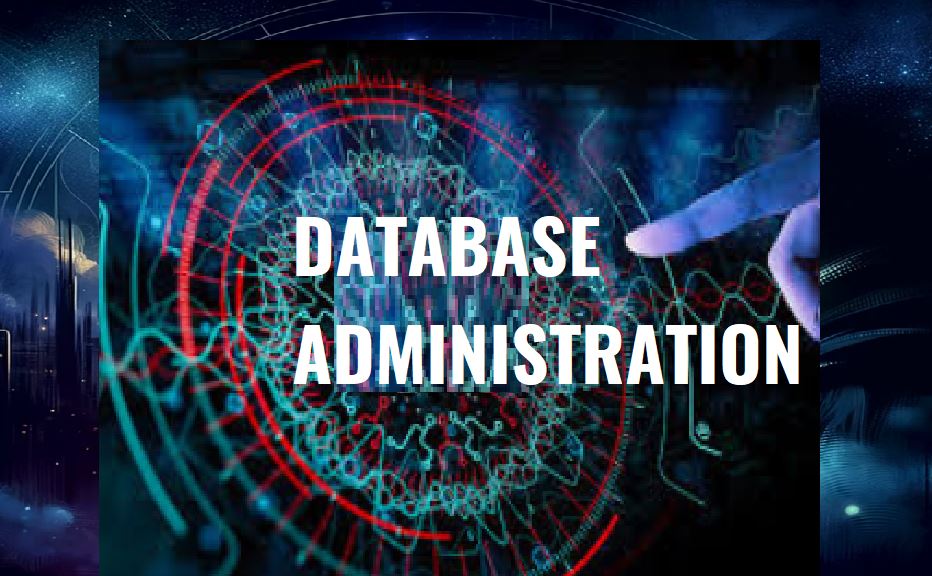Why Understanding -Database Administration is crucial

Knowledge base
Database Administration is probably the most ignored field
Database administration is essential for keeping databases running smoothly and safely. It includes tasks like backing up data, recovering data after issues, and keeping an eye on the database’s performance. Let's dive into the basics of backup and recovery, as well as monitoring and maintenance.
Backup and Recovery
Just like you might keep copies of important schoolwork, databases also need backups to protect against data loss. Recovery is about restoring data from backups when something goes wrong.
Backup Strategies
There are several types of backups used to protect database data:
- Full Backups: This involves making a complete copy of all the data in the database at a specific point in time.
- Incremental Backups: Instead of backing up all the data every time, incremental backups only save the changes made since the last backup, saving time and storage space.
- Differential Backbacks: These capture all changes made since the last full backup, offering a middle ground between full and incremental backups.
Recovery Techniques
When data is lost or corrupted, recovery techniques are used to restore data from backups. This might involve restoring a full backup and then applying incremental or differential backups to bring the database up to date.
Monitoring and Maintenance
Keeping a database performing well requires regular checks and maintenance, similar to routine checkups for a car.
Monitoring Database Performance
Database administrators use various tools to watch over database performance. They look out for slow queries, traffic bottlenecks, or hardware issues that might be slowing down the database. Tools like Oracle’s Enterprise Manager or MySQL’s Performance Schema help in this task.
Routine Maintenance
Regular maintenance tasks include:
- Updating software: Keeping the database software up to date is crucial for security and efficiency.
- Cleaning up data: Removing unused data or archiving old data can help keep the database running fast.
- Reindexing: Databases use indexes to speed up data retrieval, and these need to be rebuilt or reorganized over time to maintain performance.
Conclusion
Effective database administration involves planning for the worst through backups and being proactive about maintenance to ensure the database runs smoothly. By mastering these skills, database administrators can safeguard data and ensure that it's always available and performing well.